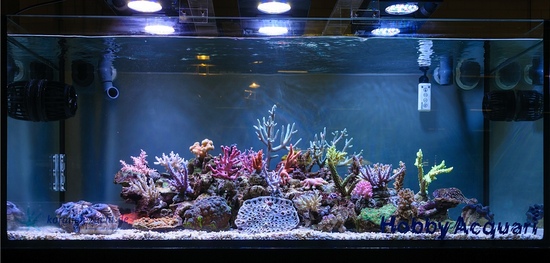What is Coral?
Table of contents
[MISSING: System.API.no-headers]Coral is a term given to a group of marine animals which often (though not always) live in colonies. They are part of the phylum Cnidaria, which includes over 10,000 species of animals, all of which live in aquatic (and mostly marine) environments. The main feature which distinguishes this phylum is the presence of cnidocytes – stinging cells used in the capture of prey. Within the phylum there are four classes including that which the corals belong to – Anthazoa – along with sea anemones and sea pens.
Most corals reproduce sexually and a new colony is established once the fertilised egg has developed into an immature, mobile phase called planulae. The planulae are taken by the current until they find a place to settle where they begin to reproduce asexually, developing a group of individuals genetically identical to themselves to expand into a colony.
Coral is a widely diverse family and can be split into soft and hard (or stony) corals. Soft corals tend to be more flexible and have elements of internal, calcium-based skeleton. Stony corals tend to construct very rigid skeletons which can form huge shapes as the colony grows. Stony corals can be further divided depending on whether their polyps are large (LPS – large polyp stony) or small (SPS – small polyp stony).
As they grow, corals lay down a base of aragonite produced using calcium and carbonate ions taken from the water. This gives the colony structure and support, whether in form of an internal skeleton (soft coral) or a protective exoskeleton (SPS/LPS), which the polyp can retreat into in case of attack.The individual members of the colonies may be as small as a pinhead or as large as a few centimetres depending on the species of coral. The group of corals most commonly kept in aquaria are those found in the epipelagic zone; that is the depth to which sunlight penetrates, though corals have been found far beyond the reach of the sun.
Using their stinging tentacles, epipelagic corals supplement their diet with live food however their main source of energy comes from the production of sugars by zooxanthellae, which they carry internally in a symbiotic relationship. The majority of corals reliant on the food produced via the photosynthesis of their colonies of zooxanthellae are found in the first 60ft below the surface.
Written by Lizzi - Sparshot College - www.sparsholt.ac.uk
Lizzi uses a seneye device for her coral research.
